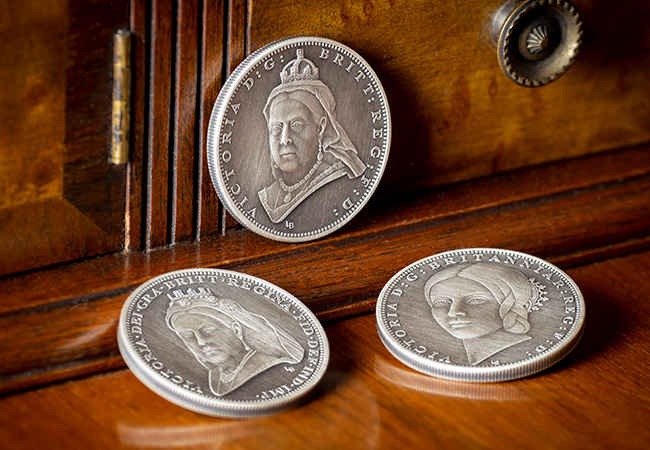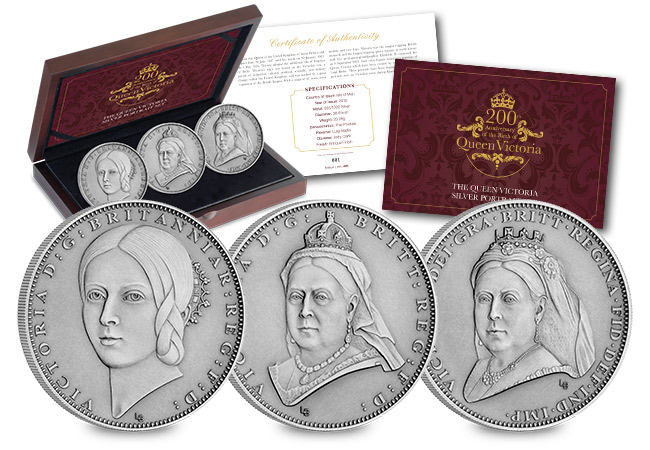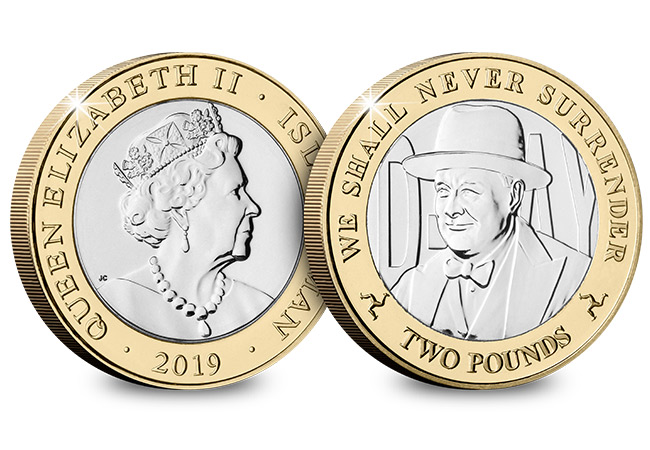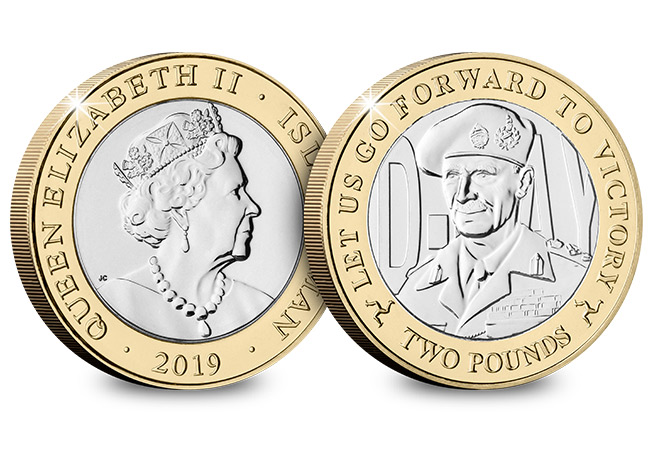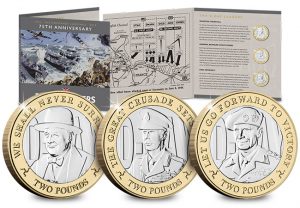Sell Outs
What goes in to developing not one but THREE brand new portraits…
It’s surprising, in this new digital age, just how ‘hands-on’ designing a coin is. In fact, it’s very much the job of a master craftsman.
Never was this more evident than when the Isle of Man Treasury chose to mark the 200th Anniversary of the birth of Queen Victoria with three new coins, each with a brand new portrait.
The man they turned to was renowned sculptor Luigi Badia and here’s the remarkable process of how these coins were developed.
First Stage – Pencil designs
Like most products across all industries, designing a coin starts with pencil sketches. These are then amended, potentially many times, until a final sketch is produced and approved.
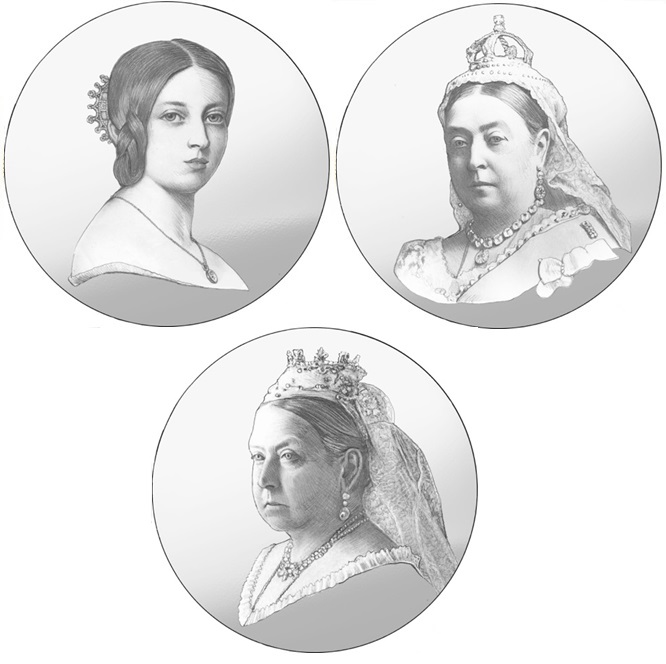
Second Stage – Plaster modelling
The second stage is arguably the most visually stunning. The sculptor, Luigi Badia in this case, will turn their sketches into a 3D ‘Plaster’ design. The skill involved in this process is really very impressive as every tiny detail must be modelled.
The plaster is far larger than the actual coin size to allow for this detail to be captured. The design will be resized in the next step of the process.

Third Stage – Digital Modelling
It’s during this stage where technology has certainly helped the design process. The 3D ‘Plaster’ designs are scanned and a digital file, called a greyscale, is created.
An engraving machine then uses this file to cut the design into a piece of steel that’s the actual size of the final coin. This will then be used to make the dies that will actually strike the coins.
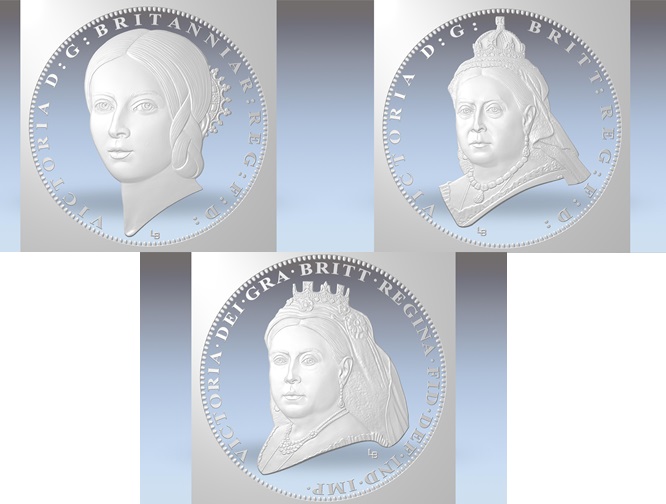
Fourth Stage – Coin Striking
This final stage is when the physical coin comes to life. The specially prepared die is used to ‘strike’ the design onto a metal ‘blank’. The metal used for the blank can vary widely, from cupro-nickel to silver and gold.
Only once the mint is perfectly happy with the quality of the struck coins will they be issued.
The Queen Victoria Silver Antique £5 Set
This set is the only way to own all three of these stunning, specially commissioned Antique Silver £5 Coins.
Just 495 of these stunning sets are available worldwide and exclusive to The Westminster Collection.
You can secure yours today for a down payment of just £54 >>
Some of the best things come in small packages

Would you like a precious keepsake, for yourself of a loved one, without breaking the bank?
Crafted from solid 24 Carat Gold and available for JUST £75 (spreadable across 3 payments of £25), these remarkable coins are just that.
We at Collector’s Gallery can’t get enough of these fantastic coins. And due to the demand and immediate sell-outs of the first two coins, I have the pleasure of announcing our Small Gold range!

Struck from Pure Gold, these coins have helped cause a worldwide collecting craze. Known as ‘small gold’ – they’re just under 14mm in diameter! Often struck in unusual shapes, small gold coins have proven to be extremely popular among collectors worldwide over the last few years. Not least because of the intricate craftsmanship used to create such an unusual shape at such a size. It really is impressive.
If you’re interested…
Click here to see our Small Gold range >>
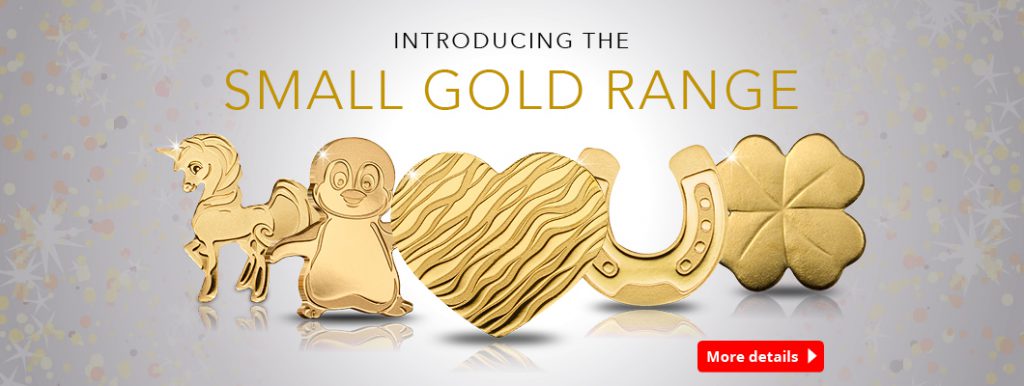
New coins issued to commemorate the three leaders who inspired an Allied victory
2019 marks 75 years since the Normandy Landings which took place on 6th June 1944, also known as D-Day. It was the largest seaborne invasion in history. The operation laid the foundations of the Allied victory on the Western Front and the subsequent liberation of Nazi-controlled Europe.
Three of the most influential people during Operation Neptune (AKA D-DAY), and World War II in its entirety, were Winston Churchill, Field Marshal Bernard Montgomery and of course, King George VI. Each of these historical figures played a vital role in the Allied victory and delivering speeches that inspired the nation and boosted morale in the trenches and on the battlefield. Below we take a look at the part they played, as well as those monumental speeches.
WINSTON CHURCHILL
For Winston Churchill, D-Day 6th June 1944 was the culmination of four years of struggle, hardship and frustration. Shortly after the evacuation of Dunkirk in 1940, Churchill had started planning for the invasion of Europe. At the time it was no more than a dream, with Britain expecting an imminent invasion by Germany. With the entry of the USA into the war, Stalin urging the opening of a second front and Britain’s growing military power and confidence, the dream became a reality. Churchill had rallied his stricken country. Now he was about to lead them to victory.
“We shall go on to the end, we shall fight in France, we shall fight on the seas and oceans, we shall fight with growing confidence and growing strength in the air, we shall defend our Island, whatever the cost may be, we shall fight on the beaches, we shall fight on the landing grounds, we shall fight in the fields and in the streets, we shall fight in the hills; we shall never surrender, and even if, which I do not for a moment believe, this Island or a large part of it were subjugated and starving, then our Empire beyond the seas, armed and guarded by the British Fleet, would carry on the struggle, until, in God’s good time, the New World, with all its power and might, steps forth to the rescue and the liberation of the old”.
Winston Churchill – 4th June 1944
Field Marshal BERNARD MONTGOMERY
By D-Day, Field Marshall Montgomery had proved to be a great and inspirational leader, one of the finest and most experienced battlefield generals of World War II. In 1942 he was made commander of the 8th Army and led them to victory in North Africa and on into the invasion of Italy. For D-Day, and the subsequent battle for Normandy, Montgomery was made commander of all Allied ground forces. Despite setbacks, he once again showed his outstanding qualities of leadership. On 4th May 1945 Montgomery accepted the German surrender at Luneburg Heath. He later served as NATO’s Deputy Supreme Allied Commander until 1958.
“On the eve of this great adventure I send my best wishes to every soldier in the Allied team. To us is given the honour of striking a blow for freedom which will live in history; and in the better days that lie ahead men will speak with pride of our doings. We have a great and a righteous cause. Let us pray that “The Lord Mighty in Battle“ will go forth with our armies, and that his special providence will aid us in the struggle. I want every soldier to know that I have complete confidence in the successful outcome of the operations that we are now about to begin. With stout hearts, and with enthusiasm for the contest, let us go forward to victory“.
General Bernard Montgomery – 5th June 1944
KING GEORGE VI
On 6th June 1944 George had been King just eight years, ascending the throne in December 1936. For almost five of those years his country had been at war. Despite coming unexpectedly to the throne and his pronounced speech impediment, he had proved a popular and inspirational leader. He remained in Britain to face the horrors of the blitz and the hardships of war with his people, a calming and steadfast figure through the years of peril. On the evening of D-Day, George VI spoke to the people of Britain and the Empire and Commonwealth of the need to pray, not now for survival, but for victory.
“At this historic moment surely not one of us is too busy, too young, or too old to play a part in a nationwide, a worldwide vigil of prayer as the great Crusade sets forth. If from every place of worship, from home and factory, from men and women of all ages and many races and occupations, our intercessions rise, then, please God, both now and in the future not remote, the predictions of an ancient song may be fulfilled: “The Lord will give strength unto His people, the Lord will give His people the blessing of peace”.
King George VI – 6th June 1944
To mark the 75th anniversary we are proud to announce we have issued a strictly limited Brilliant Uncirculated £2 Coin Set – click here to see more information on the D-Day 75th Anniversary Leaders Three Coin Set >>

